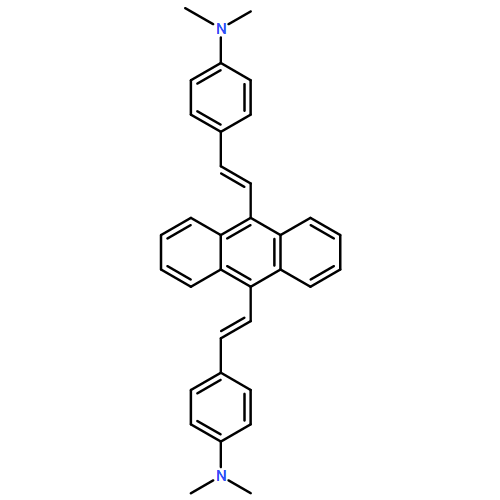Co-reporter: Xing Li, Ke Ma, Shoujun Zhu, Shiyu Yao, Zhaoyang Liu, Bin Xu, Bai Yang, and Wenjing Tian
pp: 298
Publication Date(Web):December 3, 2013
DOI: 10.1021/ac403629t
Recently, a great variety of aggregation-induced emission (AIE)-active molecules has been utilized to design bioprobes for label-free fluorescent turn-on aptasensing with high sensitivity. However, due to nonspecific binding interaction between aptamer and AIE probe, these AIE-based aptasensors have nearly no selectivity, thereby significantly limiting the development. In this work, a 9,10-distyrylanthracene with two ammonium groups (DSAI) is synthesized as a novel AIE probe, and the fluorescent aptasensor based on DSAI and graphene oxide (GO) is developed for selective and sensitive sensing of targeted DNA and thrombin protein. Given its AIE property and high selectivity and sensitivity, this aptasensor can be also exploited to detect other targets.
